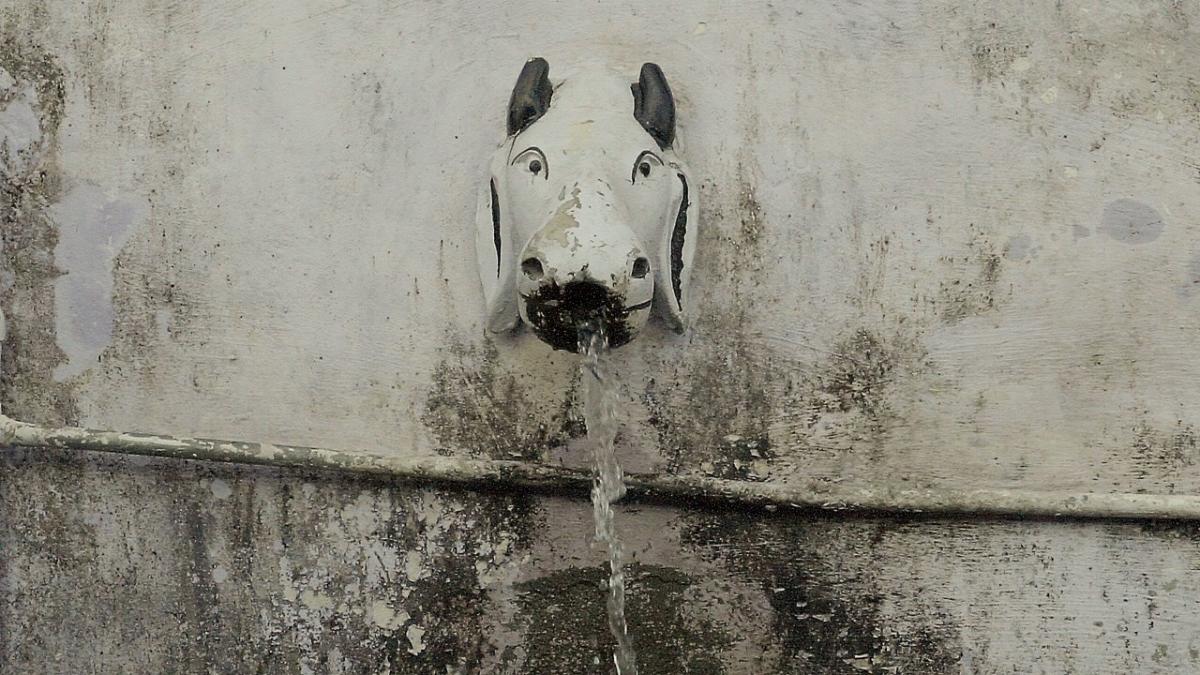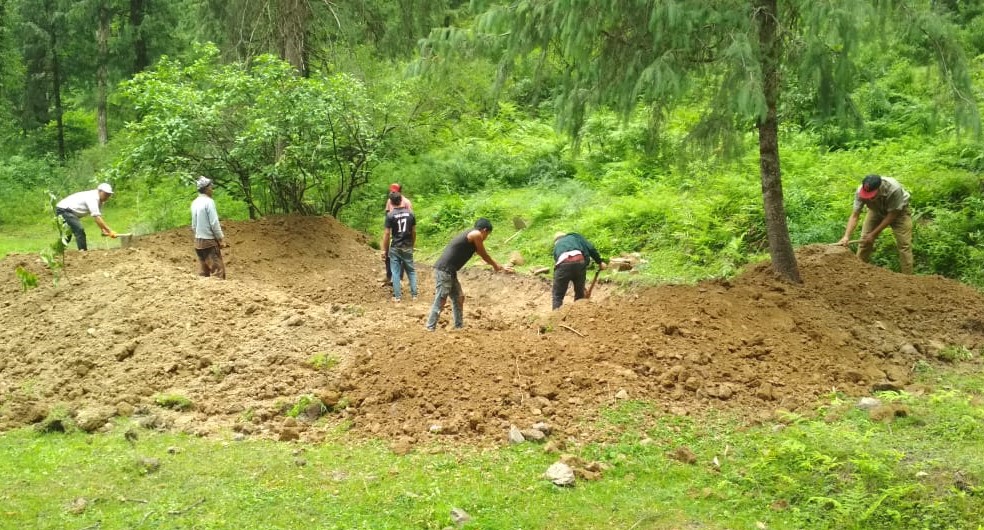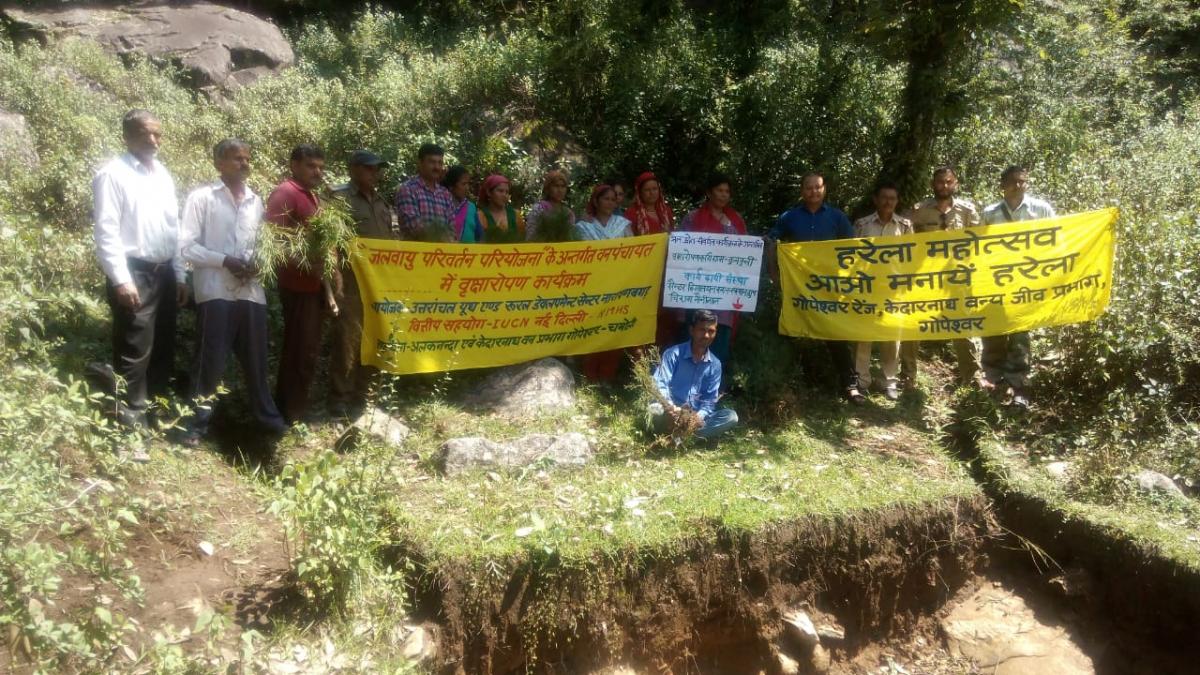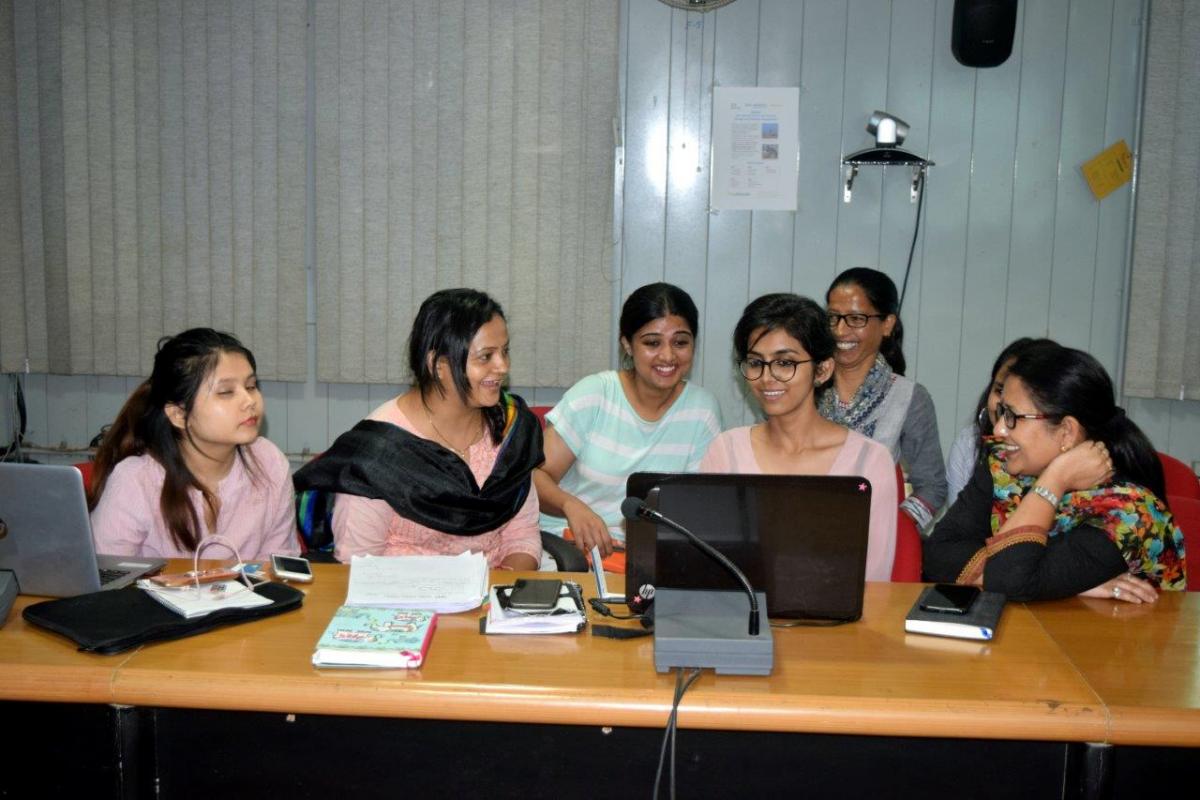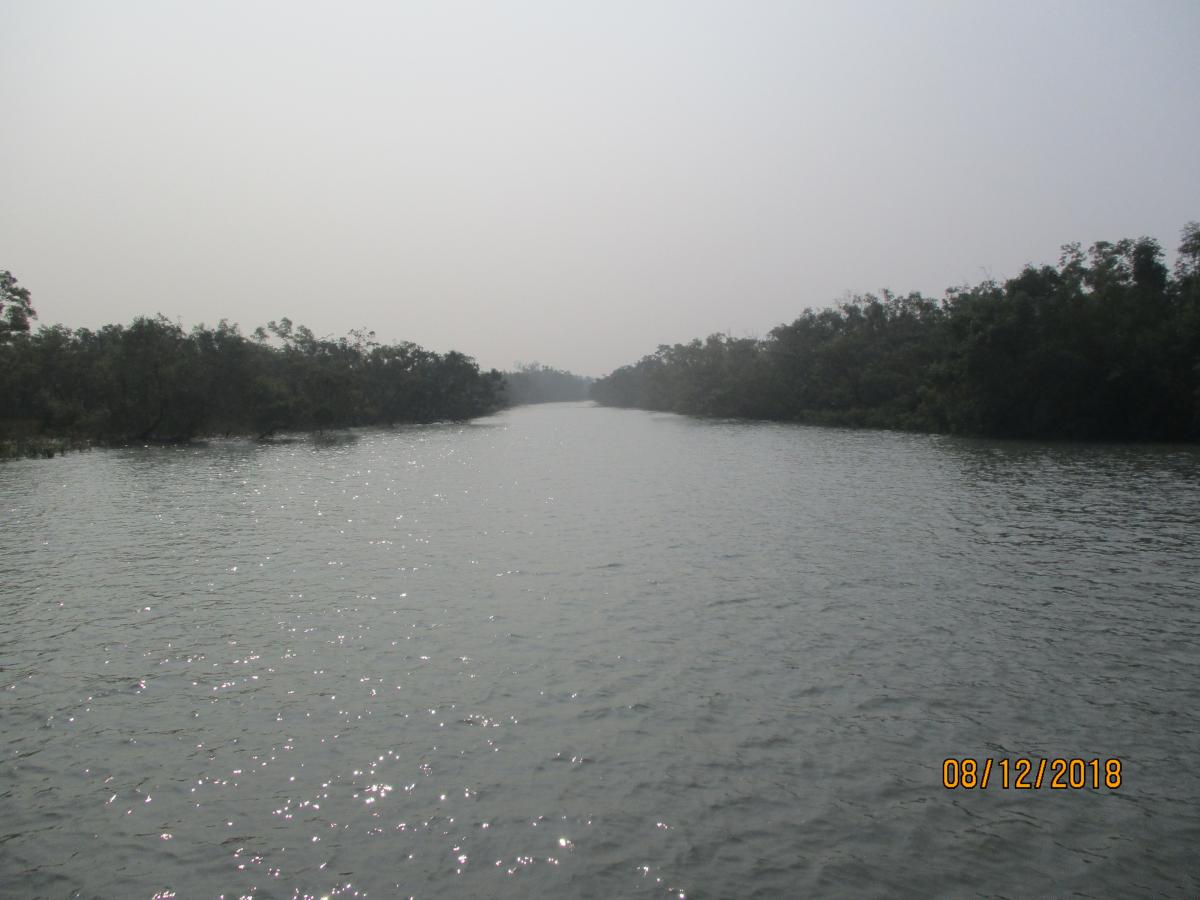Spring Revival: Rejuvenating the Veins of Himalayas
IUCN has taken an initiative to promote the significance of springs in the Indian Himalayan Region and undertook pilot to recharge and revive springs with the technical support of CHIRAG under the National Mission of Himalayan Studies (NMHS) supported project entitled ‘Coping with Uncertainties: Building Community Resilience and Ecosystem Based Adaptation to Climate Change in the Indian Himalayan Region’.
Springs, a natural discharge from the ground water aquifer has a significant impact in maintaining the Himalayan ecosystem. It serves as a source of fresh water for rural communities to meet various purposes such as domestic, agricultural and livestock. Unfortunately, these springs didn’t get their due attention which has deteriorated its condition over a period of time resulting in drying of these springs.
There are 5 million springs across India and almost 3 million of which are alone in the IHR and nearly 50 per cent of them are drying up according to a report released by NITI Aayog. The drying up of springs also affects the flow of India’s perennial rivers such as the Ganga and the Brahmaputra.
Under the NMHS supported project, IUCN took an initiative to revive springs in its project villages in all the three Himalayan States of Himachal Pradesh, Uttarakhand and Sikkim to help secure a promising future for the Himalayan communities. As part of the engagement, the criterion for selection of spring is mainly dependent on the discharge and dependency on the spring. Thus, the methodology adopted included inventorize spring, preparation of treatment plan, implementation work and capacity building.
The inventory included a list of dried springs and the running springs with necessary parameters. The treatment plan developed is on the basis of geo-hydrological mapping, identification of recharge zone, recharge structures and assessing socio-economic conditions of the project villages. Lastly, the implementation of the treatment plan on the ground involved digging of pits, percolation pits, contour trenches, deep recharge pit, plantation of suitable native species among others with the support of local communities.
At the community level, Water User Committees are also formed to make people understand the need to conserve their springs, how it is done, and that they be willing to take the responsibility of managing their springs. In addition, these capacity building programs emphasize on the conservation and management of the forests which can directly contribute to watershed management and reduce vulnerability of people against climate impacts.
The consequent efforts to recharge the springs are gaining momentum. The spring initiative saw enthusiastic participation and commitment of all concerned.
 Photo: IUCN India
Photo: IUCN India
